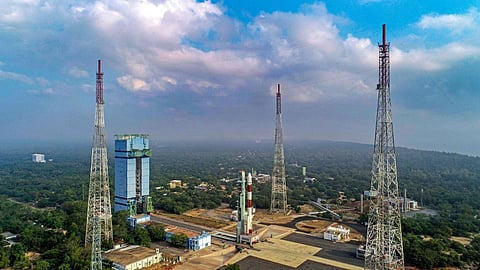

The Indian Space Research Organisation (ISRO) launched the X-Ray Polarimeter Satellite (XPoSat) today, in its first space mission of 2024. The launch comes after the success of its Gaganyaan Test Vehicle D1 mission in October.
The satellite that would offer insights into celestial objects like black holes lifted off at 9:10 am on Monday from the Satish Dhawan Space Centre in Sriharikota, Andhra Pradesh, onboard a Polar Satellite Launch Vehicle (PSLV).
The PSLV-C58 rocket, in its 60th mission, would carry primary payload XPoSat and 10 other satellites to be deployed in low earth orbits.
ISRO says XPoSat is the first dedicated scientific satellite from the organisation to carry out research in space-based polarisation measurements of X-Ray emission from celestial sources.
While space-based X-Ray astronomy has been established in India focusing on imaging, and time domain studies, Monday's mission marks a major value-addition to the scientific fraternity, the space agency said.
The primary payload of XPoSat is POLIX (Polarimeter Instrument in X-Rays) which was designed by Raman Research Institute to measure polarimetry parameters by Raman Research Institute, and XSPECT (X-Ray Spectroscopy and Timing) was built by the U R Rao Satellite Centre, Bengaluru.
The Mission life is about 5 years.
What are the goals of the mission
The PSLV-C58 mission's objectives include measuring the polarisation of X-rays in the energy band 8-30 keV emanating from about 50 potential cosmic sources, to carry out long-term spectral and temporal studies of cosmic x-ray sources.
X-Ray polarisation serves as a crucial diagnostic tool for examining the radiation mechanism and geometry of celestial sources.
Astronomy community to benefit
The insights derived from X-Ray polarisation measurements on celestial objects like black holes, neutron stars, and active galactic nuclei, hold the potential to significantly improve the understanding of their physics.
(With PTI inputs)